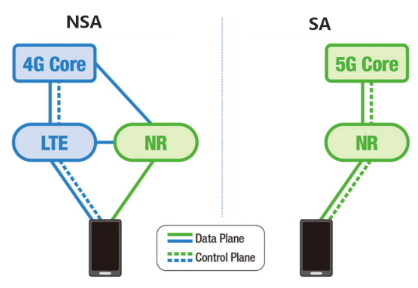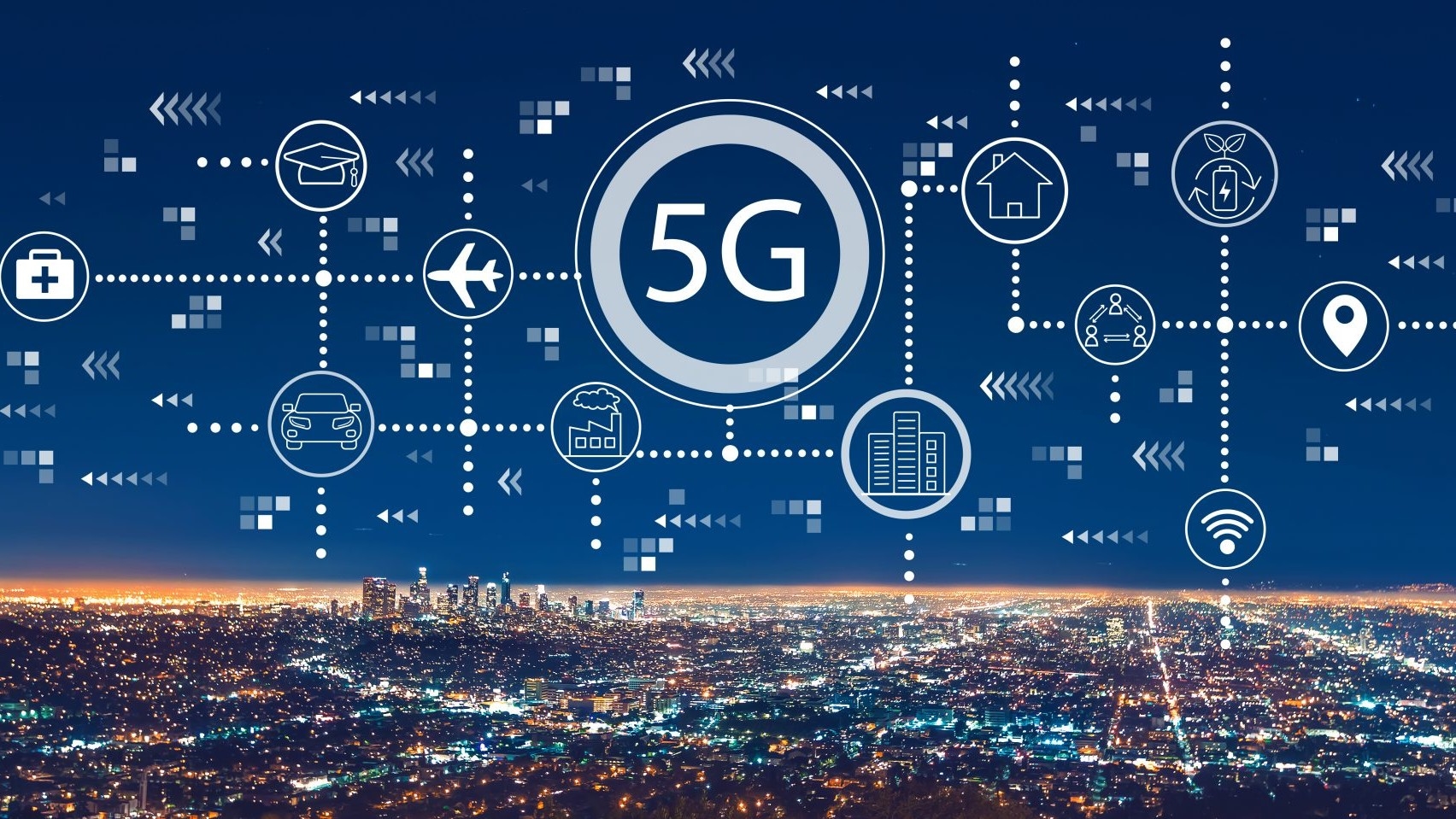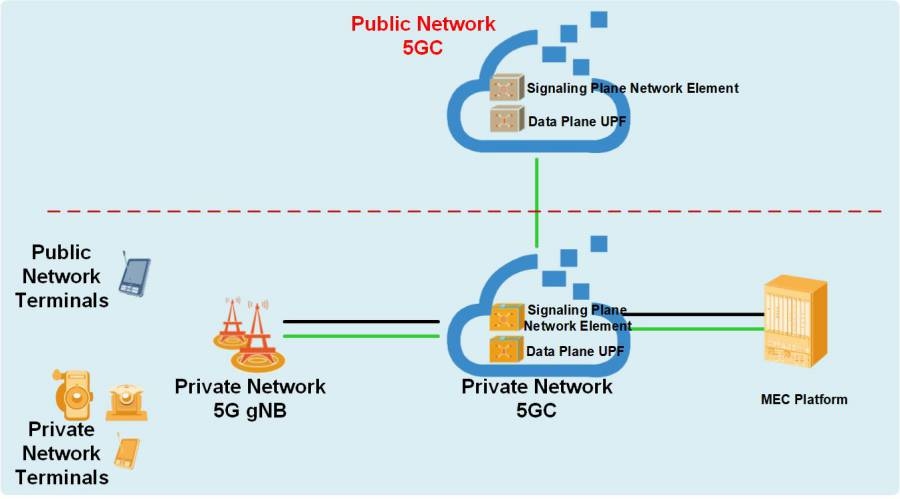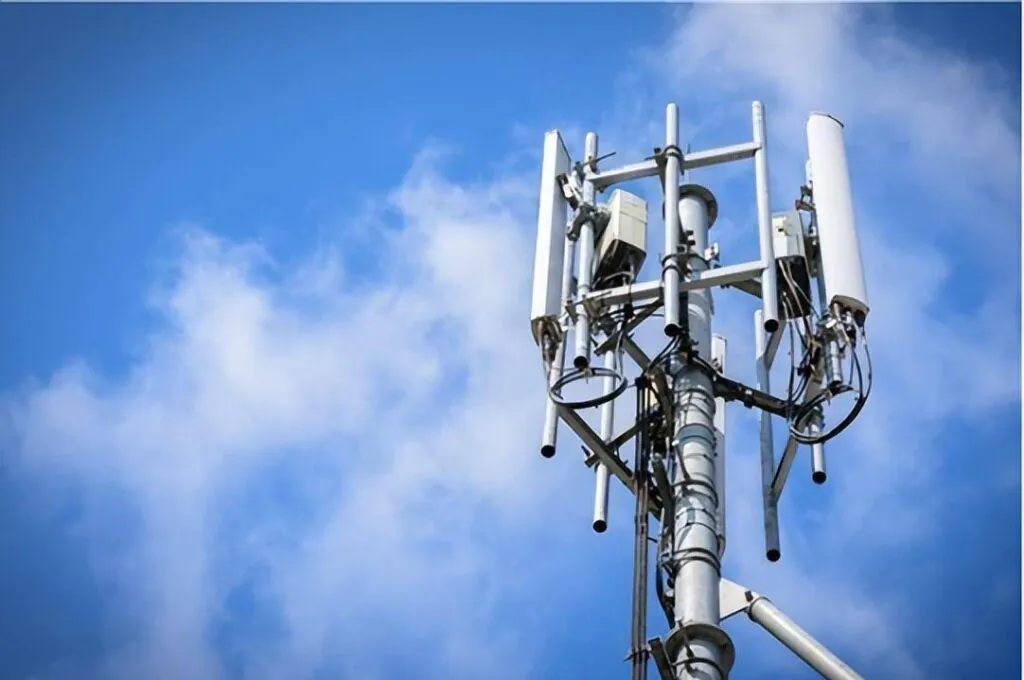What is spectrum
The term "spectrum" denotes the radio frequency range used by a particular type of wireless communication. Different wireless technologies use different portions of the spectrum, avoiding mutual interference. Because spectrum is finite, there is strong competition for spectrum resources and ongoing development of more efficient usage methods.
Why spectrum matters for 5G
Wider bands carry more data and support higher peak rates. Greater bandwidth reduces the time required to download large files. Mobile network operators and regulators are therefore restructuring, acquiring, or sharing spectrum resources where possible.
Spectrum refarming is the process of reallocating spectrum previously used by one application to a new application, for example when carriers repurposed spectrum from 2G to 4G LTE around 2010.
To meet the diverse use cases and performance requirements of 5G, spectrum must be made available across all frequency ranges. Operators also need additional capacity to support 5G, since bandwidth is a primary lever for increasing data rates.
3GPP and IMT band allocations
3GPP defines International Mobile Telecommunications (IMT) bands for use across regions. 3GPP is a collaborative standards organization composed of mobile systems manufacturers and other industry partners. Over recent years, 3GPP has steadily added TDD and FDD bands for 3G and 4G through refarming and clearing of services such as broadcast television.
Even before 5G, LTE made major gains in spectral efficiency. Advances in higher-order modulation such as 64-QAM and 256-QAM, together with MIMO and beamforming, pushed peak rates to multiple gigabits per second under ideal conditions. Carrier aggregation lets operators combine multiple carriers, for example several 20 MHz carriers, to create larger effective bandwidths. In some deployments, a 140 MHz aggregated bandwidth was achieved by combining multiple component carriers with unlicensed or shared spectrum. 5G extends carrier aggregation further: in FR1 (sub-7 GHz) channels up to 100 MHz are possible per carrier; in FR2 (millimeter wave) channels up to 400 MHz are possible. With sufficient licensed holdings, operators can aggregate multiple FR2 carriers to reach aggregate bandwidths up to 800 MHz.
5G frequency ranges
5G spectrum is grouped into two main ranges:
- FR1: sub-7 GHz bands
- FR2: millimeter-wave bands
Above 6 GHz it is generally easier to find contiguous blocks of 100 MHz or more, typically in bands around 24 GHz, 28 GHz, 39 GHz up to 80 GHz. 5G supports FR2 channel bandwidths up to 400 MHz.
Although there is more spectrum above 6 GHz, propagation conditions at these frequencies are more challenging and often require line-of-sight between base station and device. Millimeter-wave deployments rely on highly directional beamforming and large-scale MIMO antenna systems to track users in real time.
How to consider 5G spectrum
5G deployment is an evolution built on existing spectrum assets. Different bands offer different technical characteristics and are better suited to different use cases.
Consider 5G in two main dimensions: allocation type and licensing model (unlicensed, licensed, or shared).
Frequency bands are often grouped as:
- Low band: 410 MHz to 1 GHz
- Mid band: 1 GHz to 7 GHz
- High band: 24 GHz to 100 GHz (millimeter wave)
With ongoing improvements in millimeter-wave technology, sub-7 GHz technologies will remain a primary choice for many early 5G deployments because they deliver high data rates over longer distances, making them suitable for both rural and urban coverage.
Millimeter-wave bands are best for enhanced mobile broadband (eMBB) use cases that require short-range, low-latency, and extremely high capacity. However, these bands suffer greater attenuation from weather and obstacles and have limited indoor penetration. Millimeter-wave cell deployments resemble dense small-cell designs similar to some 4G small-cell architectures because of comparable coverage ranges.
Mid-band spectrum offers a balance of coverage and capacity and complements millimeter wave in urban and suburban environments. Mid-band signals propagate farther and have better penetration than millimeter-wave, and operators can often add mid-band 5G capacity to existing 4G cell sites, reducing the need to acquire additional rooftop or site space.
Low-band spectrum below 2 GHz provides strong coverage and mobility characteristics. Low-band users can expand bandwidth using carrier aggregation. These frequencies are suitable for interactive communications and massive machine-type communications (mMTC), and they provide good indoor penetration.
Licensing models and sharing
Below are three spectrum access approaches:
- Unlicensed: LTE-U, LAA, eLAA, Wi-Fi, Bluetooth, C-V2X, DSRC, CBRS
- Licensed: auctioned and cleared spectrum
- Shared: spectrum that requires authorization for shared access
There is significantly more unlicensed spectrum available globally than licensed spectrum. Unlicensed bands are primarily used for Wi-Fi, point-to-point links, backhaul, metering, and automation. Worldwide, some unlicensed bands are reserved for industrial, scientific, and medical applications. Licensed spectrum is managed and regulated by each country's authorities; for example, the U.S. Federal Communications Commission manages U.S. spectrum.
Unlicensed bands are often shared. To ensure orderly sharing, use of unlicensed spectrum is restricted by rules that limit transmit power, radiation patterns, duty cycles, and access procedures to reduce interference while serving all users. LAA and Wi-Fi sharing in the 5 GHz unlicensed band is one such example.
Dynamic spectrum sharing
Dynamic spectrum sharing (DSS) is an important mechanism for transitioning to 5G Standalone. DSS enables operators to deploy 5G NR within bands currently used by 4G LTE, allowing simultaneous operation of NR and LTE in the same band. This avoids hard partitioning of spectrum between 4G and 5G and lets operators incrementally introduce and scale 5G within existing 4G coverage.
 ALLPCB
ALLPCB








